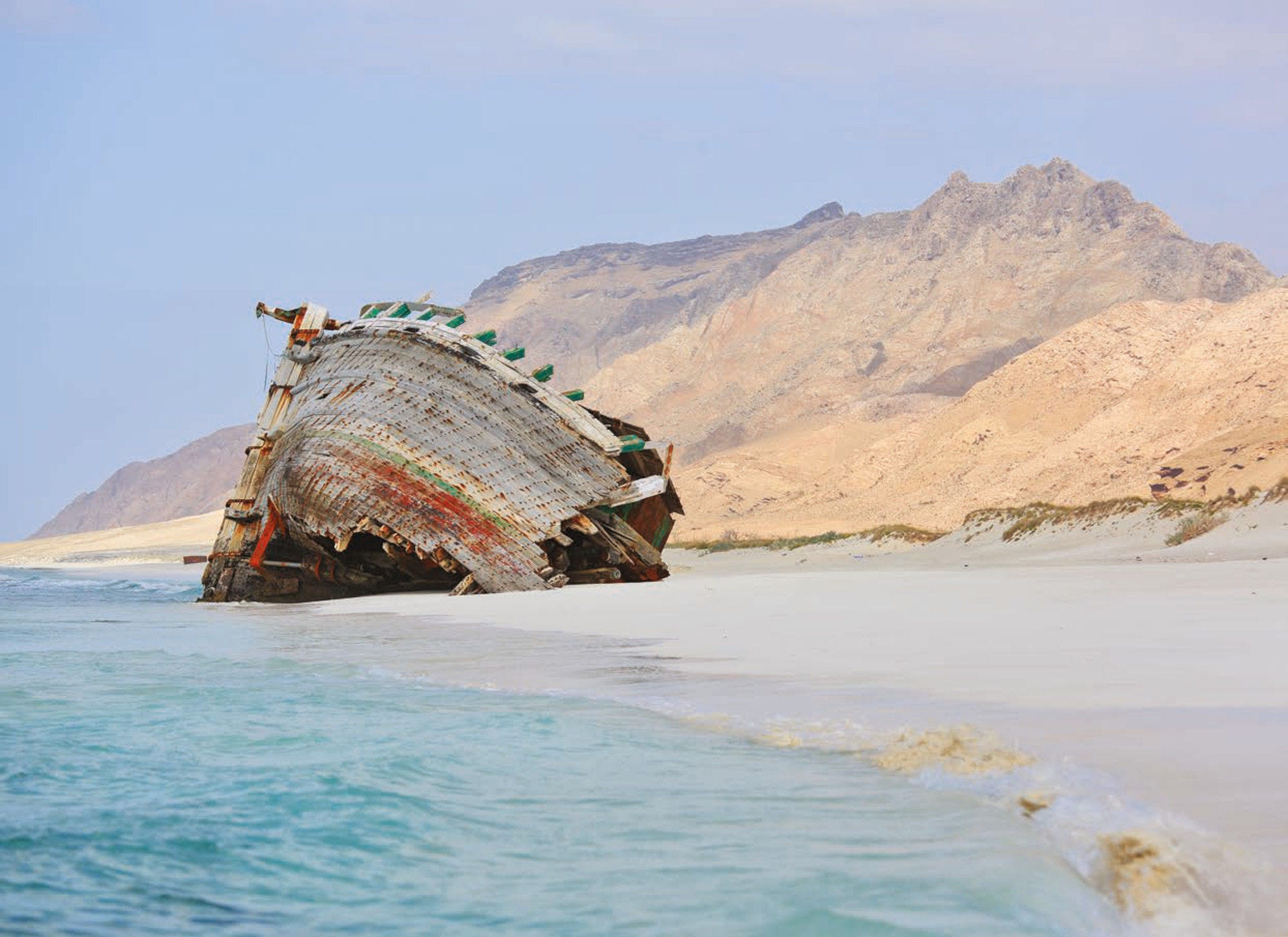There is a growing recognition that illicit trade assumes in the fuelling of armed conflicts and the funding and operations of groups engaged. Curbing illicit trade requires a whole of society approach including not only government and its agencies but also business, civil society, journalists, and researchers.
This assessment of the effectiveness of sanctions and penalties being used to counter illicit trade is based on the presumption that illicit actors will prefer to trade in goods where rewards are highest, and the risks are lowest. Actors involved in illicit trade, particularly those associated with armed conflicts and organised crime, respond to changes in the risk-reward structures that are affected by international legal frameworks, national legislation and enforcement policies.
Effective action to counter illicit trade and support for governance frameworks to lower the incidence of such trade are key policy concerns for governments as they support the promotion of economic prosperity.
Yemen has historically been a hub and transit for many forms of illicit trade. The country’s geographical location, its powerful non-state actors and tribal class, and a complicit Saleh regime were all factors that contributed to the spread of illicit activity. In a system where institutional corruption was rampant, regulatory and security institutions that sought to curb smuggling were easily bypassed through personal relations and connections to government, military, and tribal actors. Such relations in many cases cut across geographical and political lines. Yemen’s location makes illicit activity taking place within its borders a regional issue with obvious implications for neighbouring countries in the Gulf and the horn of Africa.
The escalation of the Yemen conflict in 2015, however, shifted illicit trade dynamics and removed many of the previous governance structures designed to combat it. The expansion of new armed groups went hand in hand with the fragmentation of governance structures, leading to a disruption of previous smuggling networks and the formation of new ones. For example, while the smuggling of state subsidized Diesel decreased after the removal of subsidies in late 2014, the politicization and paralysis of state economic institutions such as the Central Bank of Yemen prompted the expansion of unregulated financial markets. Government efforts to combat smuggling also took a different shape after the outbreak of the conflict. Different authorities were no longer focused on mitigating illicit trade’s effect on national security more broadly, but rather on limiting any potential benefit their opposition gained from access to illicit networks, whether financial, or in the acquisition of weapons and other goods.
The conflict has also resulted in the expansion of many areas of illicit activity, such as narcotics and human trafficking. The addition of increased inflows of weapons, ammunition, and other forms of military equipment from regional actors added to the already significant supply of arms present in the country, increasing the presence of illicit weapons flows across and out of Yemen. Other less conspicuous forms of illicit trade, such as wildlife trafficking, illicit trade in cultural artefacts and illicit trade in counterfeits, have been further boosted by the impact of the conflict. Quality control infrastructure at customs points around the country have deteriorated or ceased to exist. Challenges faced in importing from regulated markets have led to a shift in supply chains to fake and low-quality goods, with significant negative implications for Yemenis in the case of medicines or industrial and agricultural chemicals. What positive progress had been made before the conflict has largely been erased, and Yemen will continue to be a major thoroughfare, source, and destination for harmful illicit trade flows in the coming years. The broader economic consequences of these dynamics have international ramifications, but for Yemen itself will be absolutely devastating.
In this context, international actors and partners invested in supporting efforts to counter these flows can benefit from the following issues for policymakers to consider.
The lack of information surrounding the current efforts to prevent and penalize smuggling often results in local and international responses being uninformed. There is a need to develop a viable national strategy that not only addresses current illicit trade, but also recognizes the limitations posed by the current context and plans appropriately for action in a post conflict setting. A thorough and extensive study can help in determining the best short-, medium-, and long-term strategies for mitigating the impact of illicit flows and breakdown of anti-smuggling governance during the conflict. Such efforts will be in line with the OECD Strategic Framework Document on “Building institutional capacity for better public service delivery in Yemen” (To be published in 2022) and its recommendation to strengthen the Centre-of-Government in Yemen as a priority during conflict to coordinate national policies and strategic plans.
Given the implications that illicit activity in Yemen has on the region, international and regional actors need to not only support in monitoring Yemeni seas, but also to provide Yemeni institutions such as the coastguard with equipment, training, and technical support.
International coordination involving neighbouring countries is necessary to strengthen the response to smuggling. Notably, neighbouring countries need to both coordinate with local actors in Yemen as well as multilaterally with each other on anti-illicit activity actions. More broadly, Yemen’s location straddling major regional illicit flows as well as illicit flows into the country will continue to require complex multi-stakeholder coordination frameworks for any anti-illicit activity efforts to succeed
